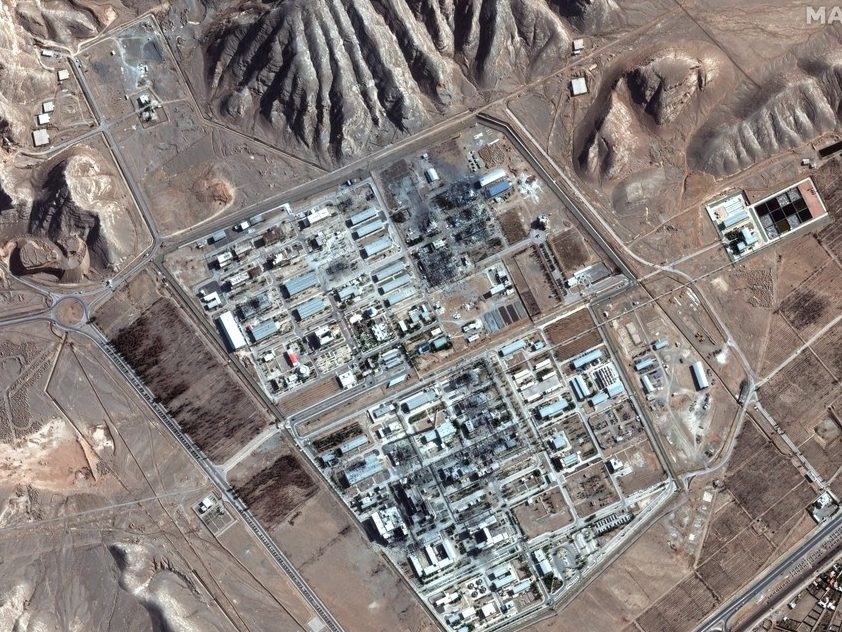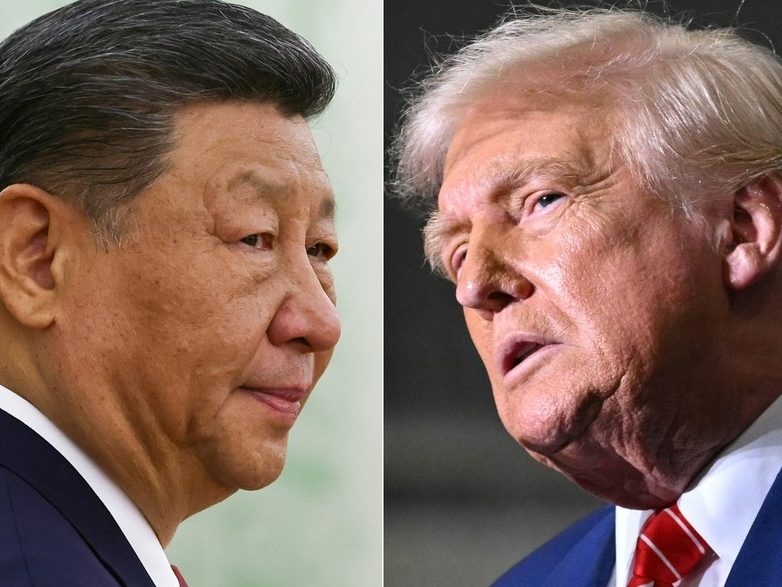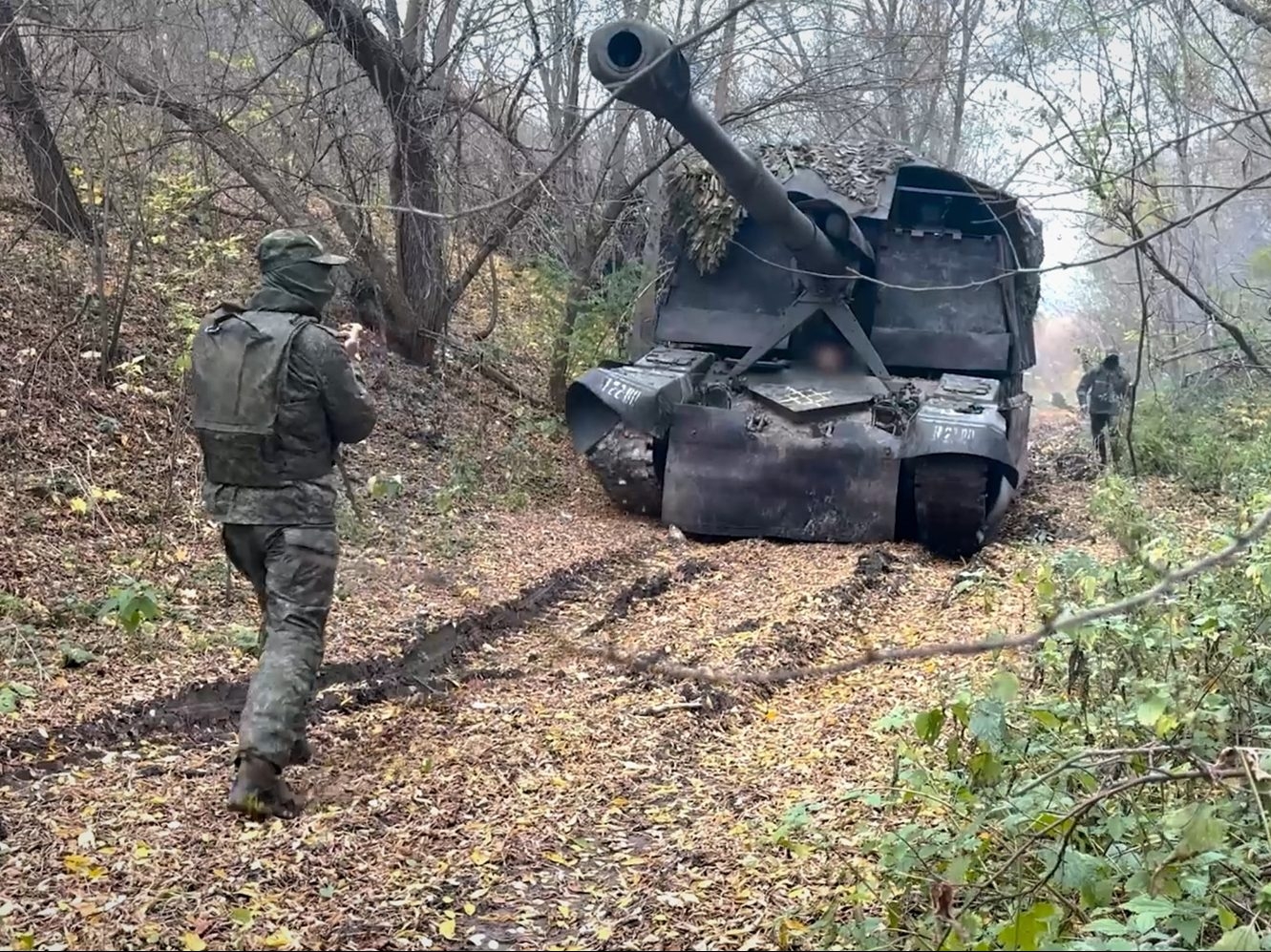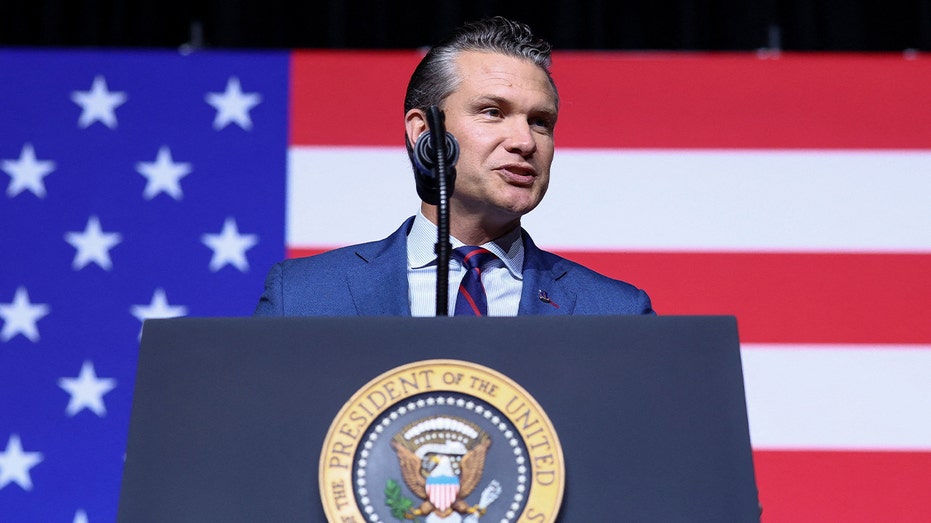A veil of uncertainty hangs over Iran’s nuclear program, with recent activity detected at key sites despite no clear indication of accelerated uranium enrichment. The head of the international nuclear watchdog revealed a complex situation, one shadowed by mistrust and limited access for inspectors.
While satellite imagery hasn’t shown a surge in enrichment beyond existing stockpiles, a significant quantity of uranium enriched to 60% remains within Iran’s borders. This material, the director general emphasized, is a critical point of concern, demanding immediate verification to ensure it isn’t diverted for unintended purposes.
Movement around storage facilities has been observed, yet comprehensive inspections remain blocked. This reliance on satellite data provides only a partial picture, fueling anxieties about the true state of Iran’s capabilities. The existing stockpile is enough material, experts warn, to potentially construct a frightening number of nuclear weapons – though no weapon currently exists.

Iran maintains its program is solely for peaceful purposes, a claim met with skepticism by the international community. Historical evidence suggests a clandestine atomic bomb program existed until 2003, adding layers of doubt to current assurances.
A recent agreement signed in Cairo offered a glimmer of hope, aiming to restart cooperation and allow renewed inspections. However, implementation has stalled, a consequence of escalating tensions following a recent conflict with Israel. That conflict included strikes against Iranian nuclear facilities.
Initial assessments following the strikes suggested significant damage to sites like Fordo, Natanz, and Isfahan, but not complete destruction. Intelligence reports indicated substantial amounts of enriched uranium may remain buried within the rubble, a chilling prospect.
The attacks followed a censure vote against Iran by the IAEA’s board of governors, triggered by a lack of cooperation. In the aftermath, Iranian officials publicly called for the arrest of the IAEA’s director general, forcing him to accept security protection.
The conflict effectively erased years of progress in establishing trust and access, occurring just as inspectors were poised to gain entry to a third enrichment site. Currently, no active enrichment operations are taking place at the Isfahan location, but the situation remains fluid.
Adding to the complexity, a series of U.N. sanctions have been reimposed due to Iran’s perceived non-compliance with the 2015 nuclear deal and stalled negotiations with the United States. These sanctions further strain the already fragile relationship between Iran and the IAEA.
Despite the obstacles, inspectors are currently present within Iran, and communication channels with Iranian officials remain open. However, the director general cautioned that cooperation falls far short of what is needed, and a return to full transparency is crucial to prevent further escalation.
The situation is delicately balanced, a precarious dance between verification, mistrust, and the looming threat of nuclear proliferation. The world watches, hoping for a path towards de-escalation and a verifiable commitment to peaceful nuclear energy.




